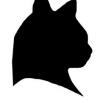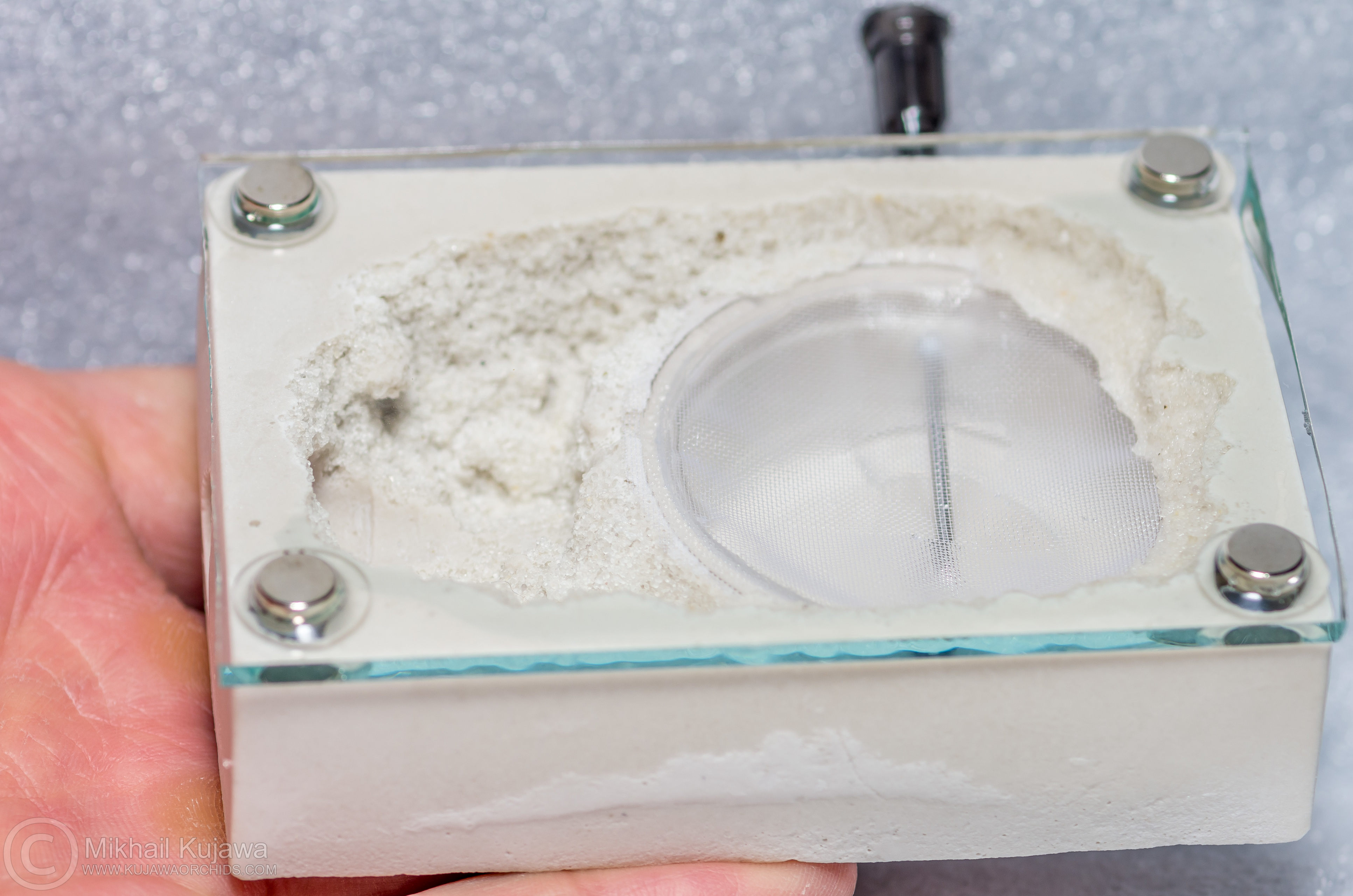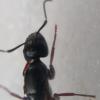Hi Major, prepare yourself for a lengthy review.
I’m always glad to see people step up to the plate when it comes to DIY stuff. You’re completely right as the number and size of the colonies you keep increase, the need for long-term investment strategies increase exponentially. Experience (self-education?) in designing and building your own formicariums is the #1 investment you can make in this regard. Breeding your own feeder insects takes a very close 2nd place.
I believe I can give you some practical advice regarding design and construction as one of my businesses is land development. So I oversee a lot of this stuff. Now I’m not an architect or construction worker and all my designs are trash (which is why I hire architects!), but when it comes to critiquing other peoples’ work I can dish out the criticism if I want to. I have working experience with a variety of construction processes. So there’s my little speech… I will try to make everything relevant to your particular situation.
Description of nest:
This formicarium sits on one of the 1-1/2" x 5/8" faces, standing up in a false vertical design. The only materials used for the nest and outworld consist of grout, sponge, 3/4" tubing and a rather large tic tac box. The outworld consists of a grout bottom, which is part of the holding chamber for the sponge, and the "anthill" portion, made of a specially shaped piece of grout mouded around 3/4" tubing leading downwards into the nesting area. The nesting area consists of a specially shaped piece of grout. Hydration chamber is separated from nesting area per diagram. Feeding can be achieved by opening up the tic tac box and dropping in food.
Assumptions:
1. Am I right in assuming you will use tweezers to place bowls of sugary liquids in the outworld? That is an extremely narrow space. Any clever ideas for feeding?
2. All sponge and grout is going to squeeze tight against the box, the effective thickness of the mould being that of the dimensions of the box minus the width of walls.
3. You have three separate pieces of grout moulding that you will assemble to create the nest? One is the anthill piece, the other hydration box, and the last the nesting piece.
Practical advice:
You want to use tic tac boxes no matter what and have many units. Okay, that's the game plan and we're gonna roll with it no matter how much work it is, how impractical the design, we're gonna get it done.
1. You're going to carve out the nest shape in the grout, but how are you getting that inside the box? Are you removing the front face, pouring the grout, carving it, then re-attaching the cover? How do you propose you get a clean cut of that box? If you are creating a separate mould of the grout, what is the proposed method of assembly? All the parts must work together to fulfill the purpose intended of the whole. Ask yourself these questions because if you don't know the method of construction from A to Z or you will run into problems. I say get a second box of the same size, cut it up in a manner so you can "print" as many pieces you want, and keep using that mould to create the pieces and parts you need to assemble this formicarium. You may have to sacrifice two boxes to create everything you need - be clever.
2. For the anthill, pour the grout around the tubing and skip the step of "fashioning a hole". You just evaded shooting yourself in the foot.
3. Sponge + grout method: If you have access to sandpaper, sanding down the grout on the contact points with the sponge will improve the absorption rate due to the increase in surface area. Use 150-220 grit sandpaper, as lower (more coarse) grits risk excessive damage to grout, especially if it hasn't had time to cure to full strength. Make sure the grout mix ratio is similar to 1:2:1 water, unsanded grout, crushed perlite. Make sure you crush the perlite until it's a fine powder. Make sure you mix for 10 minutes, let sit for 5, mix one more time. Pour the grout around the sponge, remove sponge, sand, reinsert sponge. If you want good wicking action, make sure the sponge is compressed as water can move faster that way. If you use PVA sponge, you're guaranteed to get 99% RH in that area. On that note, just swap out the mould sponge with a bigger piece that you can compress.
4. You want to create a way to attach more of these to each other in the future. I suggest drilling a hole on the back side, sticking a tube (1/2" outer diameter at most..?) and sticking a cotton piece at the end. Yeah, you're losing some nesting area but they can nest in the tube if they want to. You want to be able to connect front to back instead of side to side because the stability of the nest will improve best that way. These are designed to stand up, and the foot is relatively small. If this was a bigger project I'd raise concerns about balancing issues but given that this entire thing would weigh less than 3 lbs I doubt there's a big balancing issue.
Improvements:
1. Why have the tubing in the first place? Use a smaller tubing size to create the grout mould and remove after. Your ants can grip on grout better. There is absolutely no need for a piece of vinyl tubing to be present in the actual nest. Use one to initially create the shape, but don't leave it in there. If you use a smaller piece, you will save space in the outworld as well. 3/4" is overkill as you'd be hard pressed to find any ants wider than 1/4". Get a ruler and check that size, that's a monster ant.
2. Have you thought about using something else for the outworld and using the entirety of the tic tac box as the nest? Remove the cap, expand your nest as you like. I've attached a concept design. The box on the left is not entirely to scale, but you'd be able to add more and more nests sideways without increasing the number of anthills or outworlds, which is a major flaw in my eyes involving multiple units. This design solves that problem very cleanly. You will have to do some precise measurements because the new nests will retain their cap and you want to glue that cap to the bottom of the outworld after you connect it to the existing nest or have some way to ensure it doesn't move around.
3. Categorization is wrong on first pic. You have one top, one bottom, one front, one back, and 2 sides, right? The top and bottom are more or less the same dimensions – remember you’re working with x, y and z dimensions (1-1/2” x 5/8” x 2-1/2” LWH). Categorizing the wider side view (or front/back) as the top view is misleading and will definitely cause communication problems later down the road if you ever decide to add more features or increase complexity (since you’re working by yourself as opposed to a team, this means self-confusion. Even if you are talented at 3-D visualization, your prints and ideas are still being conveyed to other people so adhering to standards and having everyone draw the same conclusions from what you present is very, very important). I mean it’s basic and you might say I’m nitpicking, but you must have a solid foundation and build from there if you want to achieve anything of worth. That was just a pretense for me to say standards are important if you want people to replicate your work.
4. You are more than welcome to try and sell these. Marketing is everything. Remember that a product is only worth as much or as little as your prospective buyers value it. What advantages does this offer over a comparable product? Why should they buy your product over someone else’s? Instead of making it themselves? Where and how are you going to advertise this product? To whom? Also take into account shipping and handling costs.
How's that for a review?

Description of nest:
This formicarium sits on one of the 1-1/2" x 5/8" faces, standing up in a false vertical design. The only materials used for the nest and outworld consist of grout, sponge, 3/4" tubing and a rather large tic tac box. The outworld consists of a grout bottom, which is part of the holding chamber for the sponge, and the "anthill" portion, made of a specially shaped piece of grout mouded around 3/4" tubing leading downwards into the nesting area. The nesting area consists of a specially shaped piece of grout. Hydration chamber is separated from nesting area per diagram. Feeding can be achieved by opening up the tic tac box and dropping in food.
Assumptions:
1. Am I right in assuming you will use tweezers to place bowls of sugary liquids in the outworld? That is an extremely narrow space. Any clever ideas for feeding?
2. All sponge and grout is going to squeeze tight against the box, the effective thickness of the mould being that of the dimensions of the box minus the width of walls.
Well, that’s was a very interesting read on my side. Thank you for leaving such a detailed critique and review, it helped me quite a bit and put in view a lot of things I haven’t thought about before. I will do my best to reply in order to the best of my abilities. I’m still only just a teen and am learning quite a bit so please let me know if I have misunderstood anything or haven’t properly responded. Thanks you.
Description of nest:
Everything you have stated is correct. Though, the hydration chamber is in the same grout mold as the nest. Just separated with approx. 1/8 of an inch. This is to help prevent ants tunneling their way to the sponge and potentially drowning them selves. Most ants as small as the ants intended on being housed in this nest will not be able to dig their way there, but when ants set their minds to something, it’s scary what they can accomplish.
Assumptions:
1. You bring up a very good point, maneuvering tweezers through such a small gap may be difficult, areas of the nest would not be accessible to cleaning, the whole nest top would have to be taken off. I think that for the time being I could cut a larger hole in the lid, cut a piece to fit in it, and secure it via a “door hinge method.” I can’t seem to recall the actual name for what I like to call “the door hinge method” but it should be self explanatory to as what I am intending to say. If this is a success, I may know a place where I can rent put a 3D printer, investing in a decent printer is something I would consider in the future. Something else I could do is get a very small acrylic container to connect to the Formicaria and toss the all in one plan.
2. This is also true. When I hydrate the sponge it will expand too a slight degree and in the long term could cause stress on the flimsy plastic wall of a Tic- Tac box in the long term. The grout would become saturated after hydration and also expand. The only soulutionI can currently think of to answer this issue would be to sand the grout down and cut the sponge a tad bit smaller than to fill the chamber it was intended to be housed in.
3. Ther will not be sepperate pieces of grout. The hydration chamber and actual nest will be one block. The anthill portion will most probably be a sepperate piece to the actual nest chunk of the Formicarium. I'd would paint over it to help blend them together, not necessary but helps with the way it looks.
Practical Advice:
1. This was along the lines of what I was thinking of. Use a spare box as a mold to get the basic block shape. Pop it out or cut out the front face and pull it out. Now after I'd poured the block of grout I'd place the vinyl tubing in the correct position, and let the grout fully set. Now, the slightly more challenging part. Making the anthill would require me to pour the grout around the vinyl tubing, and keep it at a 45 degree angle to maintain the triangular shape. I'd have to come up with a simple method of keeping it in that 45 degree angle without having to hold it. Prop it up using some house hold item lying next to my "workstation." (Which actually is just my dining table.)
2. Will do. Thanks.
3. I was initially only going to sand the tunnels down a little to create a smooth look. I'll probably take a quick stop at the hard ware store and pickup some of the 150-220 sandpaper. I will sand downfall contact pints to create a larger surface area. Thank you for the grout ratios. Will definitely use them once I begin the construction of the actual Formicarium. I'll also make sure I remember to compress a sponge into a smaller hydration chamber.
4. Yes, going from the back a drilling from their would help improve the stability once further units are attached. I also realized my biggest flaw in this Formicarium well, it's a balancing act. Everything is being balanced on 0.938 sq in. Not a very large surface area, even a good vibration on a table could knock it over, stressing the ants and dumping them all over the outworld. Maybe if I weighted it down it could help with stability, I do not know yet how much the completed project would weigh.
Improvements:
1. The vinyl tubing was mostly their as structural support, but since it's leaning on 3 surfaces it wouldn't need that. You also have a good point with the anthill size, I'm housing tiny ants, not Camponotus Gigas! I'd try removing the vinyl tubing after I've poured the ant hill around it.
2. Yes I actually have considered using another outworld. The nest would only be in the Tic- Tac box, but an outworld that small just wouldn't be practical at all, now that you bring it up. Daily feeding, cleaning, maintenance pull be difficult. Attaching a separate out world would be easier for consumers. Now onto your point of multiple ant hills and out worlds. Your completely right. So many out worlds that you'd have to worry about, while the connected units full nesting space hasn't been used to its full potential. Perhaps I could use one small outworld+ nest (the original nest) and multiple interconnected units used only for nesting. I could also get a small box to use as the out world and throw away the all in one idea.
3. Now yes I don't think that I displayed the dimensions correctly. I used the largest surface as the top because initially I was drawing from a birds eye and imagining this nest as horizontal. I will fix it once I have time.
4. If this does become a success I will definitely brainstorm a better, shorter description, explain why consumers should purchases my products in comparison to larger brands. Yes, I will also take into account shipping,handling, and the price it costs me to make.
"How's that for a review?"
This was an awsome review and I had a lot of fun reading and replying to it. I didn't expect anyone to take this much time and effort to do something as detailed as this. Thank you for putting in spectrum multiple things I didn't think of.
Thank You!
-Major
Edited by Major, August 29 2018 - 9:13 AM.






























